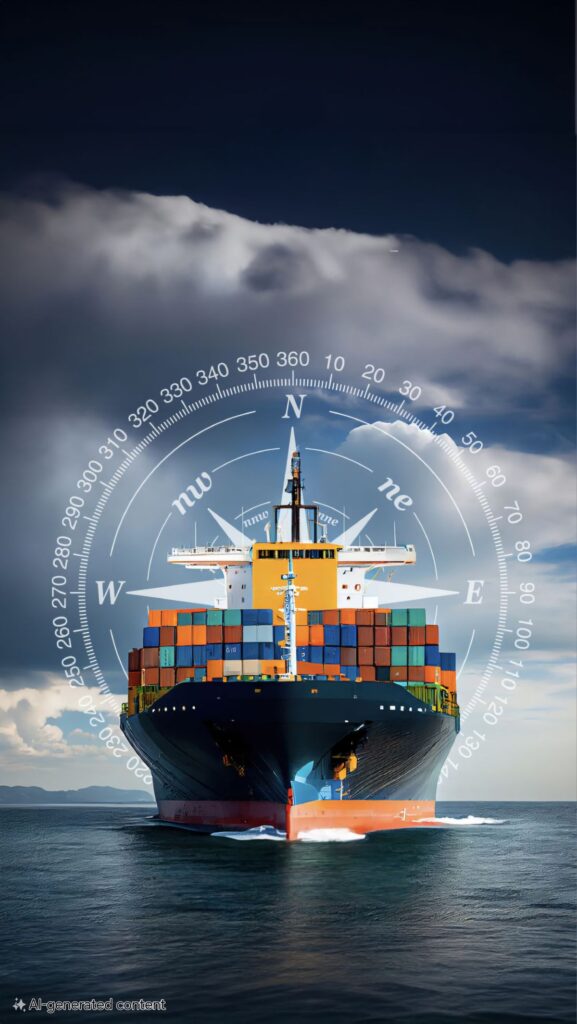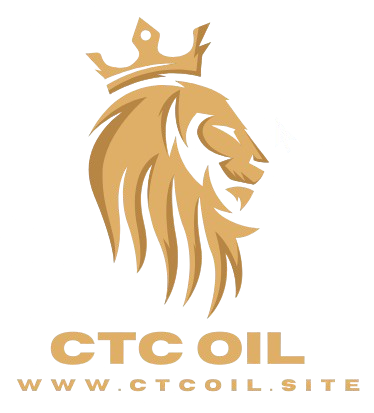
Why Fujairah Loves Heavy Sour Crude — And What Chinese Refineries Do With It”
Fujairah isn’t just an anchorage — it’s the strategic hub where Persian Gulf Heavy Sour Crude finds its next life.
In this episode of CrisisPulse, we explore why this specific grade — with its high sulfur and lower API — has become a cornerstone of Fujairah’s STS activity, and how it flows quietly but steadily into the refining systems of independent Chinese buyers.
We break down:
- Why Heavy Sour Crude is ideal for Fujairah blending: Its compatibility with lighter streams, stable supply rhythm, and predictable assay make it a reliable base for custom blends.
- The economics behind the discount: How DME Oman pricing and refining margins create a consistent $5–$8/bbl window that attracts non-sanctioned buyers.
- What Chinese “teapot” refineries actually do with it: They don’t run it straight — they blend it with light sweet crudes, use cokers to handle sulfur, and optimize yield for diesel and fuel oil — especially during summer demand peaks.
- How title transfer works: Why cargo often changes hands in Fujairah waters, with documentation reissued under neutral jurisdictions — keeping transactions clean and compliant.
This isn’t speculation. It’s the real flow of real barrels — moving through transparent channels, verified by SGS, and delivered to refineries that know exactly how to unlock its value.
For buyers evaluating Heavy Sour Crude from the Persian Gulf, this is the market context you need.




